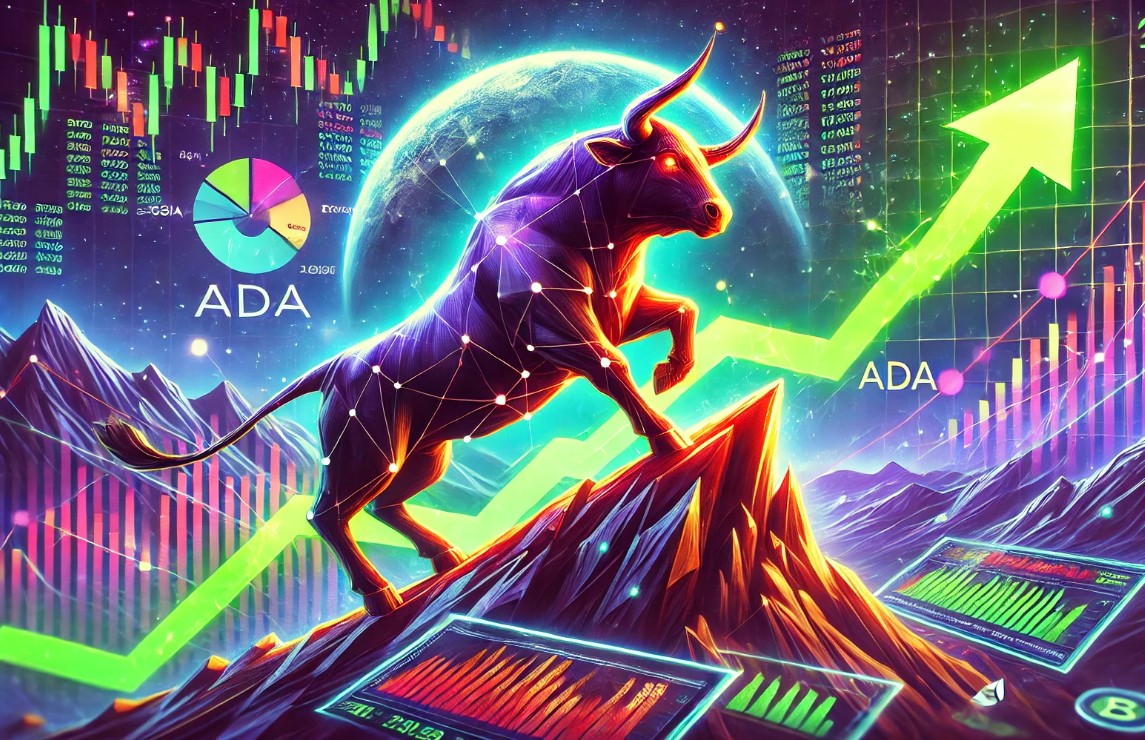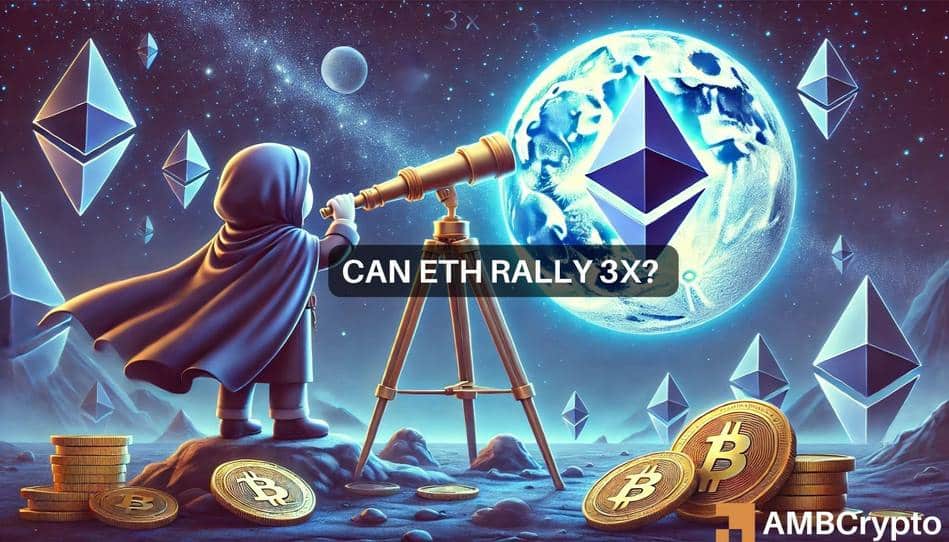Chainlink price shows resilience with a risk profile resembling past rally setups. New adoption and accumulation zones hint at bullish momentum.
This is supported by its pivotal role in DeFi and institutional demand for secure blockchain solutions.
LINK’s Risk Profile Mirrors Patterns Before Past Major Rallies
Chainlink (LINK) is showing solid resilience. Its growth is strong just as it was in the past, and is leading up to huge rallies.
– Advertisement –
In recent analyses, we find that LINKs’ price risk profile also matches past setups that have driven prices up substantially.

The alignment, in this case, suggests that the LINK price may be about to find itself in a better place for long-term growth, further enticing both new and institutional investors.
When you break down LINK’s historical patterns, you find lower risk zones match up with accumulation periods.
– Advertisement –
Strategic buy levels for long-term investors are indicated by these cooler colors on the risk profile chart.
Chainlink Price Technical Analysis: Key Levels to Watch
Currently, LINK is trading at $14.82 and is well above the critical support at $13.60. This level has turned out to be a good building block, preventing further downside and allowing the price to start building up upward momentum.
Chainlink price has now confirmed an inverse head and shoulders pattern in its price action around the support zone, which is a bullish reversal signal if we do break through the neckline resistance around $15.00.

Furthermore, the RSI reading of 54.57 shows neutral momentum, and there is space for more upward action before the RSI hits overbought territory.
The True Strength Index shows the TSI line at 3.89 above the signal line of 6.34 indicating that the upward trend is still in its early stages.
If Chainlink price can sustain this momentum through this level, $18.00 becomes the next major zone of resistance.
Accumulation Zones Near Golden Pocket Signal Strategic Buy Levels
Chainlink’s popularity grows as a crypto asset that commands respect in the industry.
LINK, in other words, is often called the ‘banker’s cryptocurrency’, and is great for securely and reliably transferring data from blockchains to real-world systems.
With this utility, LINK has become a key player in the world of decentralized finance (DeFi), curious for several major financial institutions to get their hands on robust and secure blockchain solutions.

Fibonacci retracement levels are used to derive the accumulation zones near the golden pocket. These zones are called strategic entry points for larger investors who placed large positions there, anticipating a strong upward momentum.
At the moment, these are wins that can pay off in the long term, especially as interest in LINK by the institutional community continues to grow.
LINK’s increasing adoption and its central importance in securing decentralized applications align with price targets of $150 to $500.
Mixed Chainlink Price trends: New Users Up, Active Participation Slightly Down
For Chainlink price, we see a mixed pattern for network activity, with the number of new users higher than that of active participation.
The LINK ecosystem has seen an influx of participants; the number of new addresses grew by 1.65% over the past seven days.
This increase suggests that retail investors are showing higher interest in LINK, and new users are joining and being attracted to the increasingly growing utility in its usage within decentralized applications.
Unlike active addresses, which have decreased by 2.50% during that time, short-term engagement of existing participants has decreased.
The drop in this case may mean that new users are coming onto the network while old holders and traders are temporarily stepping out.

Also, the consolidation in chainlink price is visible through the decrease in zero balance addresses by 3.53 percentage points.
Based on this trend, dormant or inactive accounts are either exiting or redistributing their funds. Reduced zero balance addresses could imply holder transport of assets to active wallets or speculative participants exiting the market.











